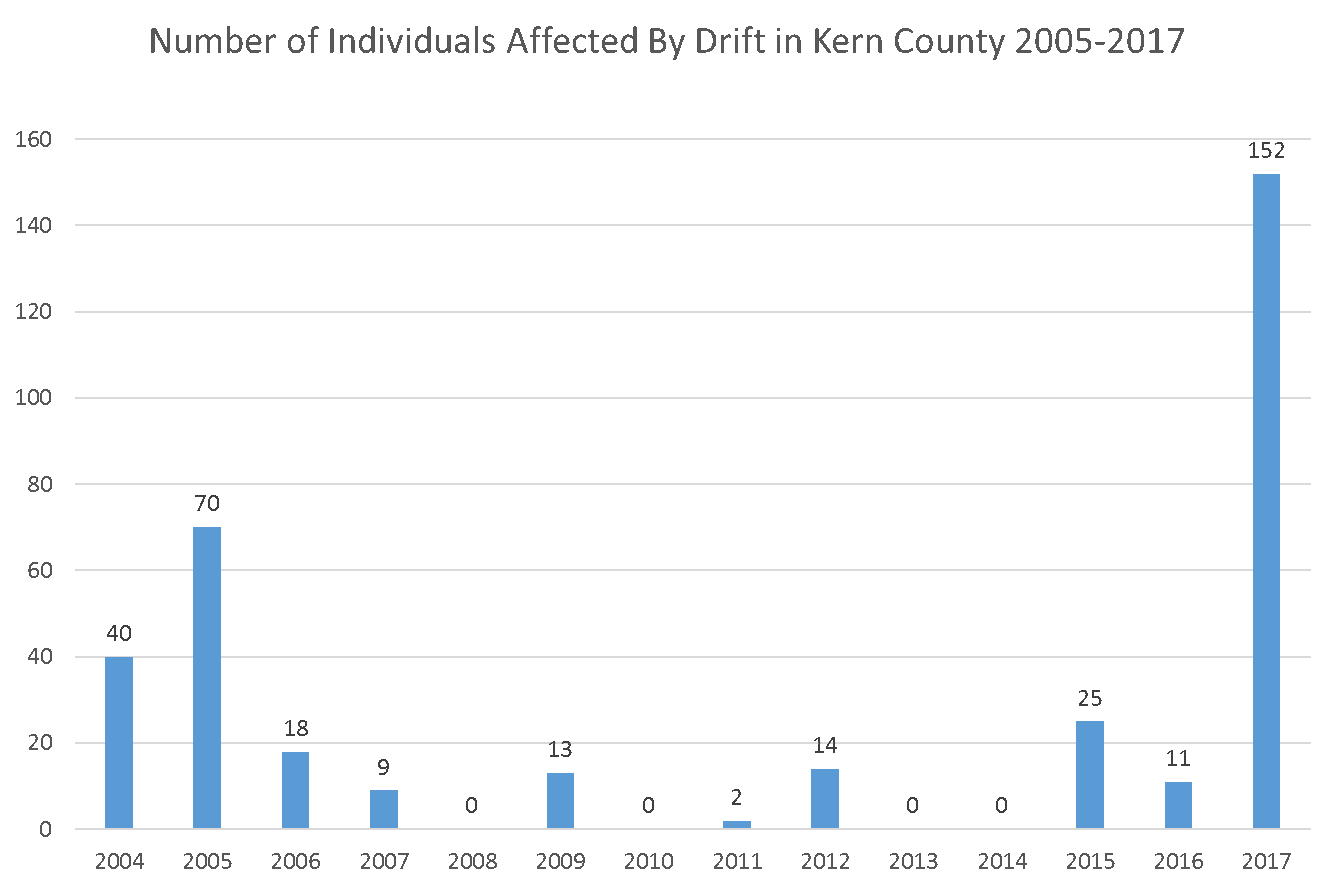What works better than regulations at improving pesticide safety? According to a panel of farmworkers and farmers at the third meeting of the Pesticide Application Safety Workgroup in Yakima, education.
All three panelists said the Washington State Department of Agriculture’s education programs for pesticide application and worker safety have been the biggest help in improving safety on and off the farm. These programs have benefited thousands of workers in Washington state and are increasing in popularity.
Why then do additional pesticide regulations keep appearing? Whether it is good intentions or just glamor legislation, the result is the same – regulations are hurting farmers by increasing costs and doing little to protect farmworkers.
Despite our state’s existing and successful pesticide education programs, the Workgroup is looking to California for more bureaucracy. A case study from Kern County, California was a focus of the workgroup. Kern County Agricultural Commissioner, Glenn Fankhauser, presented to the meeting regarding their grower-to-grower pesticide spray notification system. The pilot project has been in place since 2008, in a small portion of their county and only in 2018 did it go county wide.
Knowing that the Kern County program had such a short time-frame should have minimized the value of any of the conclusions. Instead, the Workgroup invited Fankhauser to the most recent workgroup meeting. Other considerations should have also minimized the significance of this regulatory notification program, including the fact that a voluntary, grower organized one-day education program, Spray Safe, has been in effect within the same area for 12 years.
It’s almost as if Kern County’s regulatory notification system was a me-too program originating from a bureaucracy that was looking to take credit for something that citizens, farmers, and businesses organized on their own.
Both Spray Safe and the County’s notification requirements claim to be the main reason for pesticide drift events to decline.
Spray Safe Committee Co-Chair, Jeff Rasmussen said, “Since this program was put in place, overspray accidents have dramatically declined.”
Regarding the mandatory notification system in Kern County, Commissioner Fankhauser sent us the following chart:


Fankhauser addressed 2017's spike in drift events by saying, “The number for 2017 was the result mostly of two incidents that affected a large number of individuals. As a result of these two incidents (which occurred outside of our pilot project area AND which I believe might have been prevented had they had the grower notifications) I expanded the Pilot project county wide in 2018.”
We asked Jeff Rasmussen if this comment was accurate. He said, “Yes and No. It may have prevented a few of these cases but one event that affected a lot of workers in 2017 was from a very large grower forgetting to notify his own workers that he had previously sprayed a field. The regulatory system would not have protected those workers because it is neighbor notification. The other event was the perfect storm in which 4 or 5 growers were spraying in an area and the weather pattern changed when the workers were in the field and the drift occurred after they had done everything right.”
Obviously, neither program has perfected all pesticide applications within the county limits. Additionally, the regulatory body cannot claim their program has played a role in reducing the rates of pesticide drift within the county.
An additional consideration is the cost of these programs. Spray safe is a one-day grower organized event that takes place in January in both English and Spanish. The aim is to train and re-train pesticide handlers, applicators, and farmworkers about how to properly apply pesticides.
According to Fankhauser the grower-to-grower notification system “does not cost the county anything extra.” However, staff are available 24-7 to administer the 10,000 permits per year within the 48-hour window required for restricted-use pesticides and the program is only able to work because of an extensive GIS system that has mapped all agricultural fields in the county. A similar program for Washington would cost our taxpayers because we do not have a similar database of our agricultural fields nor do we have the staff.
We should not applaud a system that is time intensive, expensive, in its infancy, and of questionable success.
Instead, we should focus on educational programs that have been working for many years, like WSDA’s training programs for pesticide applicators and farmworkers. We could also look at other educational programs that are implemented by aerial applicators, health care workers, and farm organizations.
Follow the advice of Washington farmworkers, “EDUCATE.”




